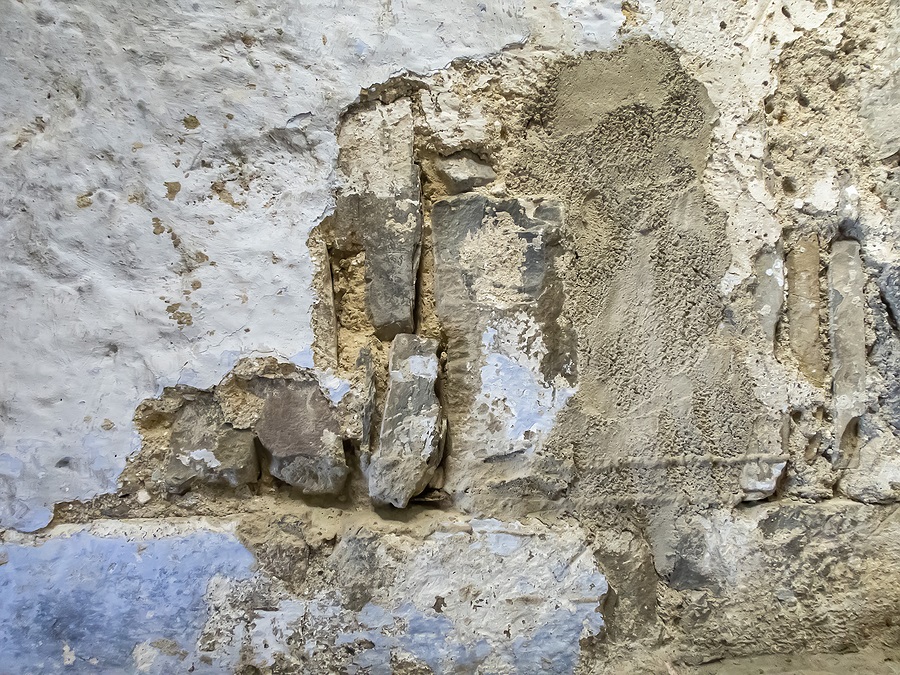Cracks and chips in your concrete might seem like mere cosmetic blemishes—but spalling, a common issue with concrete, can lead to far worse problems if left unattended. Whether you’re a homeowner, a property manager, or a business owner, understanding what spalling in concrete is, how it occurs, and what you can do about it is essential. In this comprehensive guide, we’ll tackle everything you need to know about spalling concrete to keep your property sturdy, safe, and looking its best.

Understanding the Menace of Spalling Concrete
Defining the Problem
Spalling refers to the flaking or breaking up of material in a structure. When it comes to concrete, spalling is the result of moisture and freezing temperatures that cause the concrete to expand and contract, creating stress and leading to surface damage.
Spalling isn’t just an aesthetic issue; it’s a warning sign that the structural integrity of the concrete may be compromised. When left unaddressed, this can lead to more extensive and costly problems down the line.
Early Detection Saves the Wallet
Spalling, often mistaken for surface cracks, can be detected by observing concrete surfaces for pieces that may have broken off. These can be small fragments near the edges or large sections that have detached entirely.
Knowing how to identify flaking and crumbling in concrete is crucial as the earlier you detect it, the less costly the repair process will be. Early intervention can also prevent accidents caused by loose concrete falling on people or property.
Spotting Spalling Concrete Before It’s Too Late
Signs of Spalling on Outdoor Concrete
When examining concrete outdoors, look for areas where the surface has become coarse and rough. This can indicate that the top layer of the concrete is starting to break apart. If left unattended, these spots can grow in size, becoming potential tripping hazards.
The Usual Suspects of Spalling
Certain areas are more susceptible to flaking due to increased exposure to moisture and other environmental factors. Common areas to check include:
- Sidewalks and Driveways: Where pedestrian, cyclist, and vehicular traffic can stress the surface over time.
- Pool Decks: The combined exposure to water and chemical treatments can greatly weaken concrete surfaces.
- Expansive Concrete Surfaces: Large slabs tend to crack and spall more easily due to lack of structural support.
The Severe Implications of Spalling Concrete
Risks and Hazards
Spalling concrete presents significant safety hazards. Loose or deteriorating surfaces can cause slips, trips, and falls, which can be especially dangerous for the elderly or young children. It’s not just a liability issue but a moral and legal responsibility to maintain safe premises.
Weakening the Foundation
Spalling is more than just a safety risk; it also signals issues within the structure itself. The appearance of spalling is often an indication of deeper problems, such as:
- Corrosion of Reinforcement Bars: When water seeps through, it corrodes the steel support inside the concrete, compromising its strength.
- Thermal Cracking: Fluctuations in temperature can cause cracking, which combined with spalling, can reduce the load-bearing capacity of the concrete.
How to Prevent Spalling Concrete
Concrete Installation Best Practices
Preventing concrete deterioration and flaking starts with the initial installation of your concrete. Here’s what you can do:
- Proper Curing: Allow the concrete to cure for the appropriate length of time, which helps prevent moisture from impacting the surface.
- Use of Air Entrainment: This additive increases the durability of concrete, making it more resistant to freeze-thaw cycles.
Ongoing Maintenance to Keep It Out
To maintain your concrete’s integrity, consider these regular upkeep tasks:
- Sealing Cracks: Fill any cracks to prevent water infiltration, which can lead to spalling.
- Remove Existing Sealants: Prior to resealing, ensure that all previous sealants are removed to avoid sealing in moisture and contributing to spalling.
Spalling Concrete Repair Methods
DIY Solutions for Small Spots
If the spalling is minor, a DIY fix might be the solution. Here’s how to approach small repairs:
- Clean the Area: Remove any loose debris and clean the area thoroughly.
- Apply Repair Mix: Use a quality concrete patching compound to fill in the damaged section and smooth the surface.
When to Call the Pros
For larger or more severe cases of spalling, it’s best to involve professional help. They have the skills and equipment to handle:
- Structural Assessments: Professionals can diagnose the underlying problems and offer solutions to prevent further damage.
- High-Quality Repairs: With access to industrial-quality materials, they can perform more robust repairs that extend the life of your concrete.
Conclusion
Spalling concrete may start as an incipient break in your surface—but it can lead to big problems. Addressing it early not only saves money but ensures the longevity of your property’s infrastructure. Your property’s concrete forms the backbone of your infrastructure. Don’t wait until spalling causes significant damage or, worse, an accident—it’s time to take proactive steps in maintaining and repairing your concrete.
By understanding the causes and signs of spalling, engaging in preventative maintenance, and knowing when to seek professional help, you’re investing in the future safety and stability of your concrete structures. Don’t let spalling catch you off guard—tackle it with the knowledge and foresight this guide has equipped you with. Your property, and anyone who walks upon it, will be grateful you did.
Don’t let concrete problems degrade the value and safety of your property. Contact ACI Asphalt and Concrete at 317-549-1833 and uphold your investment with our expert commercial concrete repair and paving services in Indianapolis, Indiana. We also provide ready mix concrete supply and delivery for both residential and commercial buyers.
Related Posts:
Solving Concrete Problems: A Guide for Property Owners
Why Timely Pavement Inspections Can Save Your Business Money
Commercial Concrete Repair: Preserving and Protecting Your Investment
